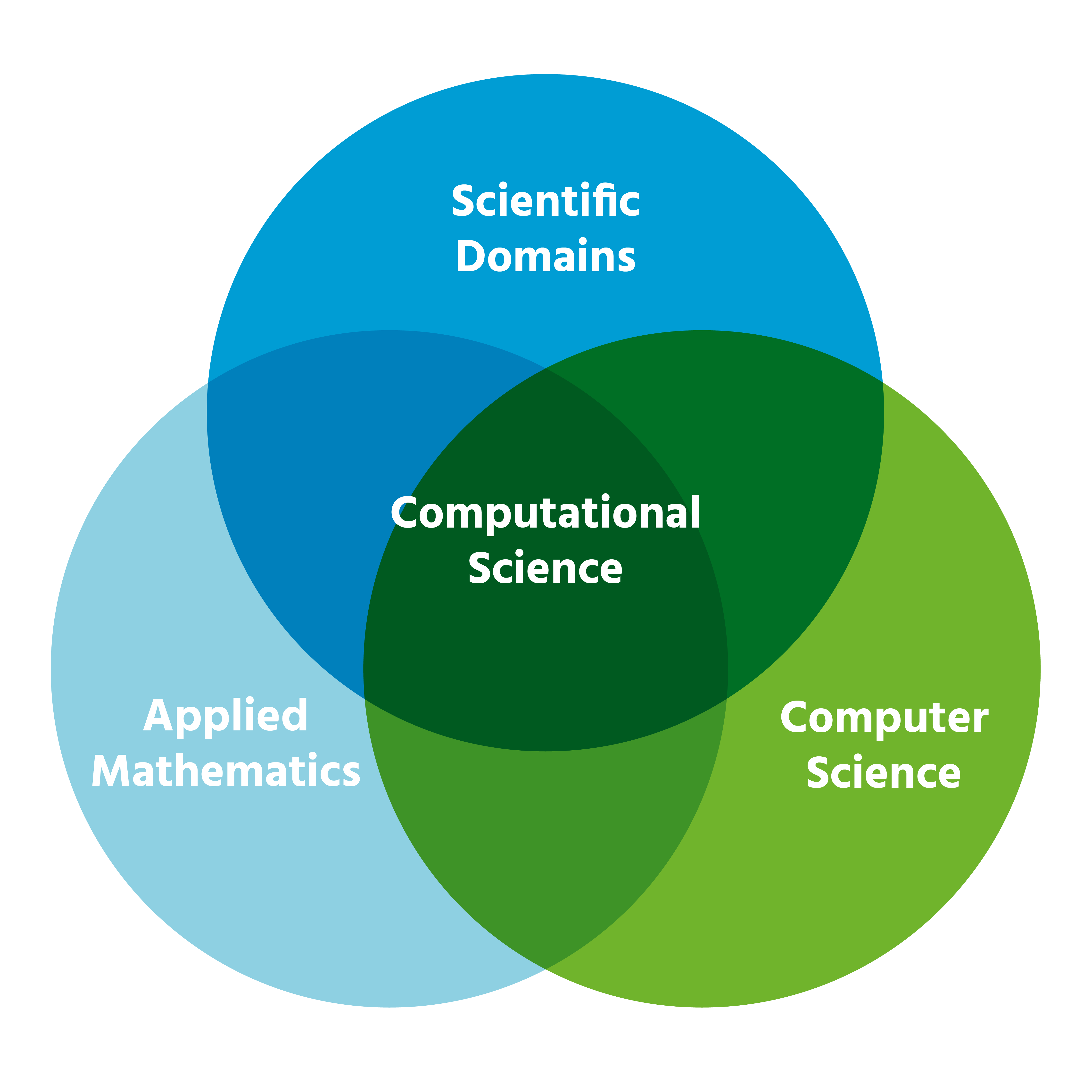Understanding Scientific Uncertainty: Why Certainty Is Rare in Science
Introduction: Embracing Uncertainty in Science
In the realm of science, uncertainty is not a flaw but an essential feature. While most people equate uncertainty with doubt or ignorance, scientists see it as an honest acknowledgment of the current limits of knowledge. This article explores why uncertainty persists in science, how it is measured and communicated, and how individuals and organizations can use this understanding to make better decisions.
Why Is There Uncertainty in Science?
Scientific uncertainty arises because the natural world is complex and our methods for measuring, modeling, and predicting it are inherently limited. Scientific processes involve collecting data, designing experiments, and building models-all of which have inherent sources of error and variation [1] . As a result, scientific findings are often presented with ranges, probabilities, or confidence intervals, rather than as absolute truths.
Common causes of uncertainty in science include:
- Complex Systems : Natural systems like weather, ecosystems, and the human body involve countless interacting factors. This makes it difficult to predict outcomes with complete precision.
- Measurement Limitations : All scientific instruments have limitations, and no measurement can be perfectly exact. There is always a margin of error, whether measuring the temperature of a star or the concentration of a pollutant in water [2] .
- Statistical Variability : Biological and environmental processes are inherently variable. Even with the same inputs, outcomes may differ due to random chance [3] .
- Incomplete Knowledge : Science is a process of discovery. There are always aspects of the world that remain unknown or poorly understood, and new discoveries can change existing interpretations.
- Model Simplification : Scientific models are simplified representations of reality. While useful, they can never capture every detail, leading to uncertainty in their predictions [1] .
Types of Scientific Uncertainty
There are several distinct types of uncertainty encountered in science:

Source: learnaboutnature.com
- Statistical Uncertainty : This refers to the variability in data due to random factors. For example, flipping a coin 100 times yields slightly different results each time due to chance alone.
- Natural Variability : Some phenomena are inherently unpredictable, such as radioactive decay or genetic mutation rates [4] .
- True (Epistemic) Uncertainty : This is uncertainty due to gaps in knowledge or understanding. It may be reduced through further research but can never be eliminated entirely.
Scientists quantify uncertainty through statistical measures like standard deviation, confidence intervals, and error bars. This allows them to communicate not only what they know but also how well they know it [2] .
Why Is Uncertainty Important?
Rather than undermining science, the open acknowledgment of uncertainty is a strength of the scientific process. By quantifying uncertainty, scientists can:
- Guide further research by identifying what is not yet known
- Help policymakers and the public understand the reliability of scientific findings
- Promote transparency and trust in the scientific process
For example, weather forecasts express uncertainty as a percentage chance of rain. This doesn’t mean meteorologists are guessing; it means they have carefully calculated the probability based on available data and models [3] .
How to Interpret Scientific Uncertainty
When encountering scientific findings, it’s important to:
- Look for Quantified Uncertainty : Reliable scientific reports often include confidence intervals, probabilities, or error margins. These numbers indicate how robust the findings are.
- Avoid Over-Interpreting : Remember that uncertainty is not the same as ignorance. A range of possible outcomes simply reflects the best current understanding [2] .
- Recognize the Value of Updating : Science evolves. New evidence can refine or revise previous conclusions. This is a sign of progress, not weakness.
Real-World Examples of Scientific Uncertainty
Climate Change : Climate models project a range of possible future warming scenarios based on different greenhouse gas emission pathways. The uncertainty comes from factors like future human behavior, feedback loops, and natural variability. Nonetheless, the consensus is that the planet is warming, and human activity is a major driver [1] .
Medicine : Clinical trials often report the effectiveness of a new drug with a confidence interval. This represents the range where the true effect likely lies, given the sample size and variability [4] .
Quantum Physics : At the subatomic level, uncertainty is baked into the fabric of reality. The Heisenberg uncertainty principle sets limits on how precisely we can know certain pairs of properties (like position and momentum) at the same time [5] .
Actionable Steps: Making Sense of Uncertainty
If you are reading scientific reports or making decisions based on scientific findings, you can:
- Check for explicit statements about uncertainty, such as confidence intervals or probability ranges.
- Consult official summaries and consensus statements from reputable organizations (e.g., National Academies, major university research centers).
- Look for explanations of what is known, what is unknown, and how new research could reduce uncertainty.
- Engage with science communicators who explain uncertainty in accessible terms.
If you are a decision-maker or organization seeking to apply scientific findings, consider:
- Contacting subject matter experts for clarification on uncertainty and its implications.
- Commissioning additional studies or reviews to reduce critical uncertainties where possible.
- Building flexibility into policies or strategies to accommodate a range of possible scenarios.
Challenges When Communicating Uncertainty
One of the biggest challenges is that the public and media may interpret scientific uncertainty as a lack of credibility or reliability. However, in science, transparency about uncertainty builds trust and encourages ongoing inquiry [2] . Effective communication means explaining what is known, what is not known, and why ongoing research matters.
Alternative Approaches and Ongoing Research
Some researchers are developing new statistical tools, machine learning algorithms, and modeling techniques to better quantify and reduce uncertainty. Interdisciplinary collaboration is also crucial, as it brings together diverse expertise to address complex problems from multiple angles [1] .

Source: ehsdailyadvisor.blr.com
If you want to learn more about handling scientific uncertainty, you can search for resources on the websites of major scientific organizations such as the National Academy of Sciences, American Association for the Advancement of Science, or your local university’s science communication office.
Conclusion: Why Uncertainty Is a Strength in Science
Uncertainty in science is a fundamental and necessary part of the process. It reflects the complexity of the world and the honesty of researchers in acknowledging what they do and do not know. By understanding and embracing scientific uncertainty, individuals and organizations can make more informed, resilient decisions and contribute to the ongoing advancement of human knowledge.
References
- [1] Sustainability Directory (2025). Scientific Uncertainty: Inherent unknowns within scientific processes.
- [2] Discovery of Sound in the Sea (2023). Scientific Uncertainty: Methods and communication.
- [3] The Science Communicator (n.d.). Uncertainty: Variability and ambiguity in science.
- [4] Visionlearning (2017). Uncertainty, Error, and Confidence in the Process of Science.
- [5] Wikipedia (2002). Uncertainty: Definitions and applications.
MORE FROM searchhole.com













